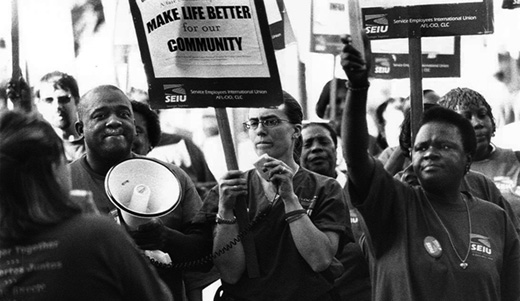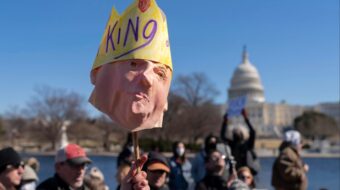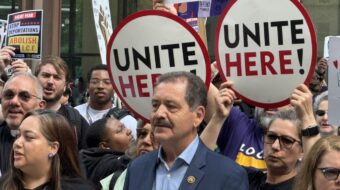
It is obvious to anyone with eyes to see that the economic crisis has a nationwide reach. Except for the upscale urban neighborhoods and suburbs where the moneyed elite live, nearly everyone and every community is showing the effects.
Unemployment is high officially and still higher unofficially. Factories are shuttered. Infrastructure is in disrepair. Streets and highways are studded with potholes. Community hospitals and clinics are closing their doors. Houses are empty.
If you are a wage or salary earner, tough times are here, and they could get a lot worse if the Republican right in Congress and their corporate boosters have their way.
What isn’t so obvious is the uneven impact of the crisis on various sections of the population and country. Nonetheless, it’s real.
Take, for instance, the economic conditions of the African American people. According to a recent study by the Economic Policy Institute, Black unemployment rates are uniformly higher than the unemployment rate of white working people.
In St. Louis it is twice as high, in Memphis three times as high, in Los Angeles and Philadelphia 1.7 times as high, in New York and Atlanta metropolitan areas 2.1 times as high, in Baltimore and metropolitan Miami 1.9 times as high and so on.
Interestingly, of the 18 metropolitan areas from which data was gathered the lowest ratio of Black to white unemployment was Detroit where misery has plenty of company. There, Black unemployment was 20.9 percent – the highest of any metropolitan region – and their white counterparts topped off at 13.8 percent.
Overall, the average Black unemployment rate in the study of 18 metropolitan areas was 14.3 percent, while white unemployment was 7.4 percent.
In other words, as bad as the crisis is for the American people of every nationality and race – and it’s terrible – it is at the same time exacting extra pain from the African American and other communities of color that are segregated and seem hidden from general view.
Thus general appeals for jobs and relief, for public works jobs programs and for full employment legislative measures have to be combined, as the EPI suggests, with targeted job creation in those communities where the hardship is the most severe.
Such measures are not divisive, as the ideologues of racist division and oppression claim. They are, in fact, at the core of racial justice and working class unity – both of which are cornerstones of any successful struggle against the economic crisis. In the 1930s, it was no accident that the slogan of the unemployed movement, “Black and White, Unite and Fight,” was heard where working people gathered to press their demands for jobs and relief.
Millions at that time, locked into a seemingly intractable economic crisis, came to the realization that it was only in their unity that they could win some measure of economic reform.
Isn’t that the case today too? Our enemies on the other side of the class divide understand this quite well. It’s why the vitriolic racist ideological offensive that came in the wake of the election of Barak Obama shows no sign of subsiding. In fact, the ideological offensive has been accompanied by a coordinated effort to reboot segregationist and discriminatory measures, shamelessly designed to roll back civil rights and cause tensions along racial lines.
But I’m confident that the purveyors of racism and division will be no more successful than our enemies were in the Depression years. More to the point, the election of an African American president two years ago is proof positive that the possibilities of building a united, multi-racial, multi-ethnic movement are enormous.
Carpe diem! The time is now!
Photo: Old Sarge CC 2.0










